|
After a few weeks of being extremely busy with work, holidays, work and yet more work I am now in a position to put these rule amendments on the blog. So to recap.... My own 28mm ECW armies are arranged in smaller mixed units averaging about 20 figures in 2 ranks for foot or 10 figures in 1 rank for the horse both occupying the same frontage which is approximately 9 inches. Obviously I don't expect anyone else to follow my unit sizes but needless to say so long as the units are more or less the same frontage as each other it doesn't really matter what frontage you actually use. Large units are one third wider or 12 inches instead of 9 inches wide and smaller units ore one third narrower or 6 inches instead of 9 inches wide. Tiny units where used are reserved for small platoons of musketeers or small troops of lifeguard cavalry and are one third of the width of a normal unit or 3 inches wide. The rationale I use for the unit frontages is that pike and shot units were 6 ranks deep and an average 500-600 man regiment would have an approximate frontage of 150 yards and an average squadron of approximately 250-300 cavalry would be in 3 ranks and again have a frontage of around 150 yards. Obviously this is based on the normal unit size and large units would represent 700-800 infantry or 350-400 cavalry, small units would represent 300-400 infantry or 150-200 cavalry, and tiny units would represent 100-200 infantry or 50-100 cavalry. Okay so now for a few explanations as to my thoughts on the cavalry of the ECW period. There were 4 main types of cavalry tactic used in this period being: Charging at the Gallop - Synonymous with dashing Cavaliers. The cavalry basically charged home at full gallop armed with any hand weapon they preferred to use including swords, hammers and axes. The resulting charge had a lot of momentum but at the expense of control which meant if they were victorious and routed the enemy they would probably follow in pursuit and not return to the area of battle. Trotting and Firing - Synonymous with dour Roundheads. The cavalry trotted forward and discharged a pistol just prior to contact and then reached for their sword to engage in combat. This lacked any real momentum but the troops were kept in control and would normally be able to rally if they routed their enemy. Standing and Firing - Early suicidal Roundheads. Used and very quickly dropped by any sane cavalry commander this tactic relied upon standing and trying to 'shoot off' the enemy with pistol fire. The unit was usually drawn up in a deeper formation (5-6 ranks or more) and the if the enemy was routed it would be because of pistol fire rather than any hand to hand combat involved. This was as close as it got to a Caracole tactic and was favoured by the Scottish or Irish pistol armed cavalry throughout the period according to some historians due to their inferior mounts. Charging at the Trot - Cunning Ironsides. This tactic was favoured by Oliver Cromwell and his Ironside cavalry of the New model Army and it involved the cavalry charging forward at a good trot or canter into the enemy cavalry with swords in hand ready to fight. It was not as devastating as a full galloping charge but it did have the advantage of allowing the cavalry commander to keep better control of his squadrons and usually rally them if they won. Further to this the first two tactics were used by BOTH sides during the war and were dependent upon the general in charge of the cavalry and not the individual squadron commanders, so mixed commands of Trotting and Galloper cavalry are not only wrong but totally illogical. With regards to types of mounted troops there were basically four being: Cuirassiers, much loved by wargamers and model makers but very rarely seen as units of any size during the ECW period these consisted of three quarter armoured troops on large horses armed with swords and pistols. Some small troops of horse may have been raised and one very short lived regiment (Hasselrigge's) appeared during the ECW period. Horse, basically the normal cavalry for both sides with as much armour as they could get and usually armed with a sword (or any hand weapon) and pistols. Scottish Horse, although you can group Irish horse into this category too, basically cavalry with little armour on inferior (small) mounts and armed with lots of pistols and a sword they usually preferred not to use. Scottish Lancers, again cavalry with little armour on inferior mounts but this time with lances instead of lots of pistols. Mixed Scottish Horse, according to some historians some Scottish cavalry were mixed into units that contained both types of Scottish horse, so some with lance and some with sword and pistol. Dragoons, although certainly NOT cavalry they were mounted albeit on very inferior horses, ponies etc. and had no armour, no ability to fight mounted as they were armed with carbines or sometimes muskets and expected to skirmish on foot. I use the following system for the fighting qualities which I feel give a really good game and don't adversely affect the effectiveness of either arm as the frontages and combat qualities have been adjusted to take into account the original relationships within the rules. Cavalry Rules & Stats Cuirassier (Tiny) HTH = 3, Shooting = 1, Morale = 3+, Stamina = 1, Points 27 Cuirassier (Small) HTH = 6, Shooting = 2, Morale = 3+, Stamina = 2, Points 38 Cuirassier (Normal) HTH = 9, Shooting = 3, Morale = 3+, Stamina = 3, Points 49 Cuirassier (Large) HTH = 12, Shooting = 4, Morale = 3+, Stamina = 4, Points 60 Cavalry (Tiny) HTH = 3, Shooting = 1, Morale = 4+, Stamina = 1, Points 23 Cavalry (Small) HTH = 6, Shooting = 2, Morale = 4+, Stamina = 2, Points 34 Cavalry (Normal) HTH = 9, Shooting = 3, Morale = 4+, Stamina = 3, Points 45 Cavalry (Large) HTH = 12, Shooting = 4, Morale = 4+, Stamina = 4, Points 56 Pistoleers (Tiny) HTH = 2, Shooting = 2, Morale = 4+, Stamina = 1, Points 22 Pistoleers (Small) HTH = 4, Shooting = 4, Morale = 4+, Stamina = 2, Points 32 Pistoleers (Normal) HTH = 6, Shooting = 6, Morale = 4+, Stamina = 3, Points 42 Pistoleers (Large) HTH = 8, Shooting = 8, Morale = 4+, Stamina = 4, Points 52 Dragoons (Tiny) HTH = 1, Shooting = 1, Morale = 5+, Stamina = 1, Points 24 Dragoons (Small) HTH = 2, Shooting = 2, Morale = 5+, Stamina = 2, Points 32 Dragoons (Normal) HTH = 3, Shooting = 3, Morale = 5+, Stamina = 3, Points 40 Dragoons (Large) HTH = 4, Shooting = 4, Morale = 5+, Stamina = 4, Points 48 Cavalry using Trotting and Firing tactics which includes Cuirassiers and Mixed Scottish Cavalry, are allowed to move into contact as normal but then allowed to shoot by rolling 3 d6 before the hand to hand combat starts causing hits on the roll of 6. Casualties are worked out as normal but no reaction test is taken and the 6's scored do not count as disordering the enemy cavalry. Trotting and Firing cavalry are not allowed to claim any bonuses in melee for charging or following up, if they defeat their opponents they can choose whether or not to follow up. Cavalry using Charging at the Gallop tactics which includes Scottish Lancers Cavalry are not allowed to use their pistols prior to hand to hand combat but they do get a +2 bonus for charging or following up instead of the normal +1. If they defeat their opponents they must follow up and must countercharge where able to do so. Other than that ignore the Galloper and Lancers special rules in the book as they move the same as all other Cavalry and these rules supplant those. Cavalry using Charging at the Trot tactics Including New Model Cavalry and Ironsides are not allowed to use their pistols prior to hand to hand combat but they do get a +1 bonus for charging or following up. If they defeat their opponents they can choose whether or not to follow up. Pistoleer Cavalry using Standing and Firing tactics which includes Early Parliament Cavalry and Scottish Cavalry, are not allowed to charge or countercharge into contact instead they must remain stationary and receive any charge as normal but then allowed to shoot by rolling 6 d6 before the hand to hand combat starts causing hits on the roll of 6. Casualties are worked out as normal but no reaction test is taken and the 6's scored do not count as disordering the enemy cavalry. Standing and Firing cavalry are not allowed to claim any bonuses in melee for charging or following up, if they defeat their opponents they are not allowed to follow up. Dragoons follow all the rules in the book as normal and their points value includes the following special rules: Fire & Evade 2pts, Marauders 5pts, Firelocks 1pt. If you want to remove any of these rules to downgrade them then please do so and if you want them to have carbines instead of muskets then this costs -1pt per pip of firing. All cavalry are allowed to fire their pistols at times where appropriate such as: when facing Pike & Shot frontally or across a river or other such feature, again Cavalry only score hits on the score of a 6. Scottish and Irish Cavalry have less armour and inferior mounts regardless of the tactics used, when compared to other cavalry and this should be reflected by giving them a 5+ Morale value at a points reduction of -4pts. With regards to exactly what tactics your cavalry should be using I personally allow this to be determined by the cavalry general I am using, so for instance any cavalry commanded by Prince Rupert or Sir Thomas Fairfax would be Charging at the Gallop, Oliver Cromwell commanding New Model Cavalry would be Charging at the Trot, Morale can also be varied to reflect better or worse armour or status such as: 5+ for units with really poor armour (basically just normal clothing) - 4pts, or 3+ for unusually well armoured or elite status units (although this I would use very rarely) +4pts. Stamina can be adjusted to reflect the fighting experience of units by giving veteran units an extra Stamina point +4 pts, or raw or particularly fragile units subtracting a Stamina point - 4pts. Dragoons mounted and dismounted
0 Comments
Leave a Reply. |
AuthorStephen Wylde BA (hons) Archives
July 2022
Categories
All
ECW Blogs
ECW Sites
|
Proudly powered by Weebly

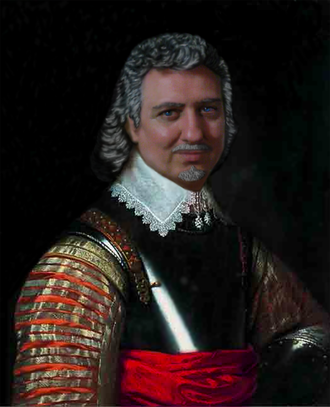
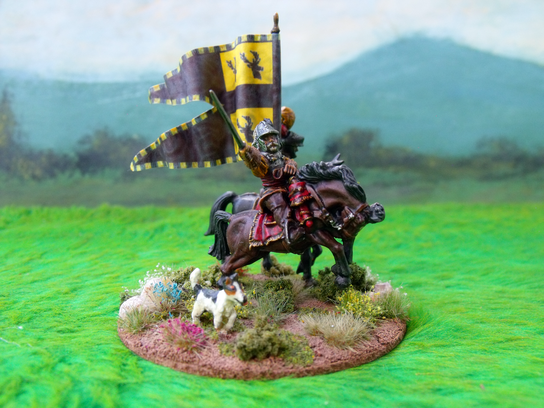

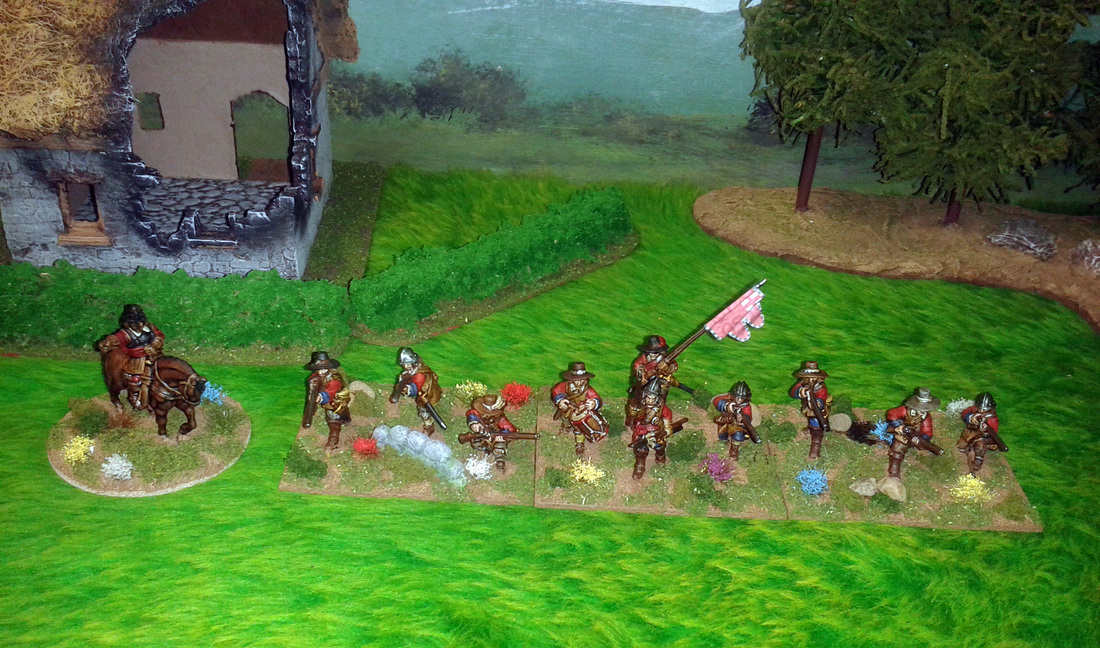
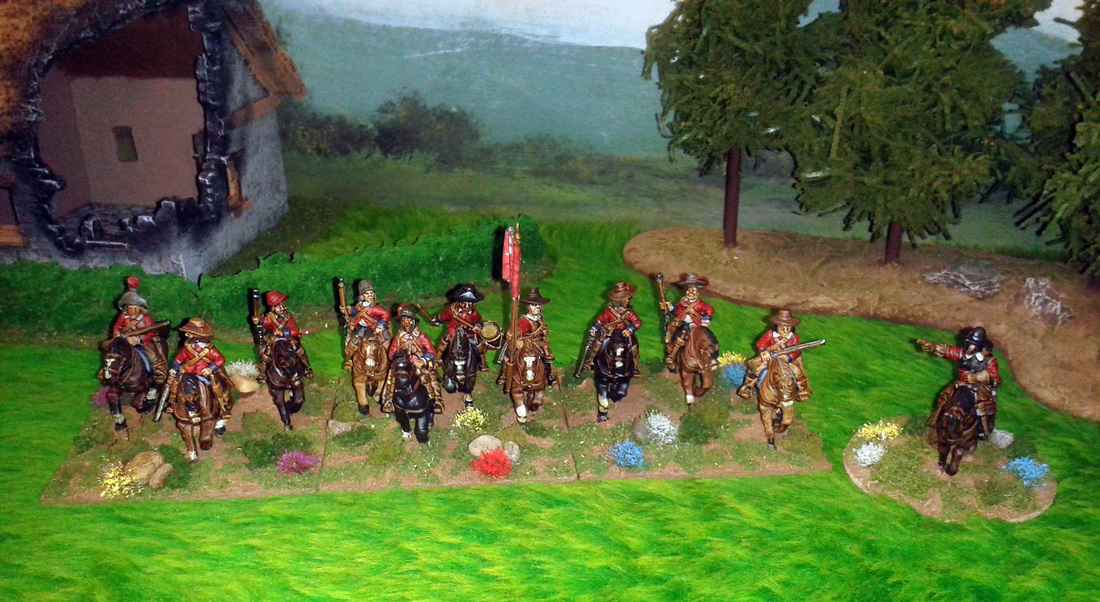
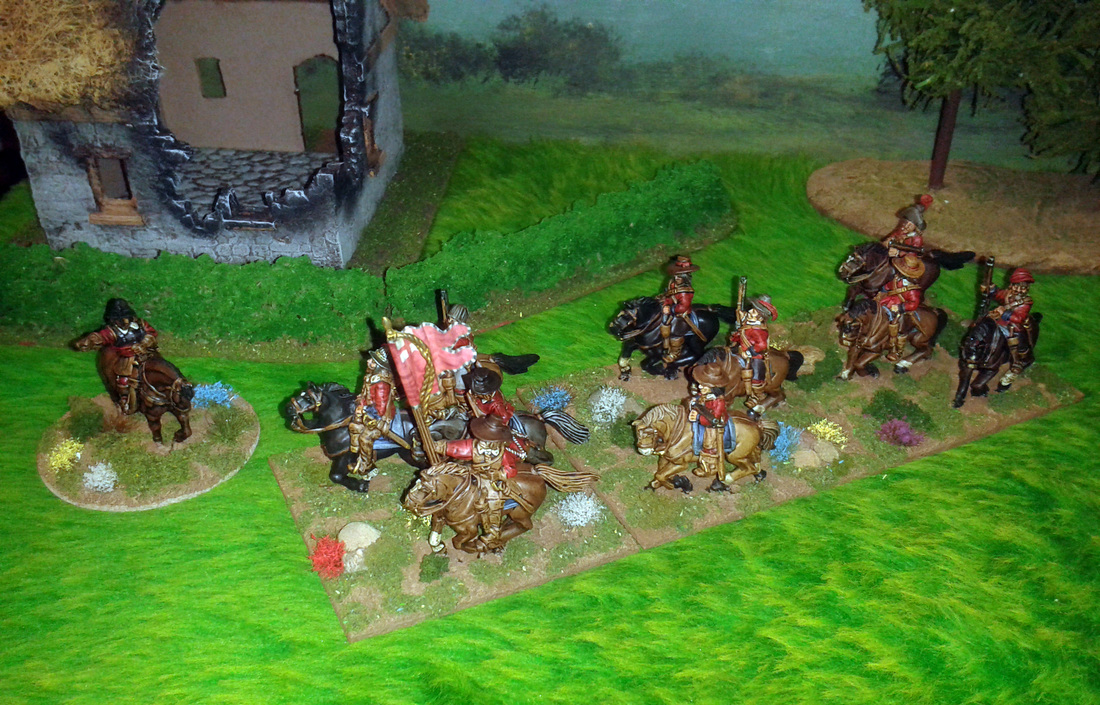
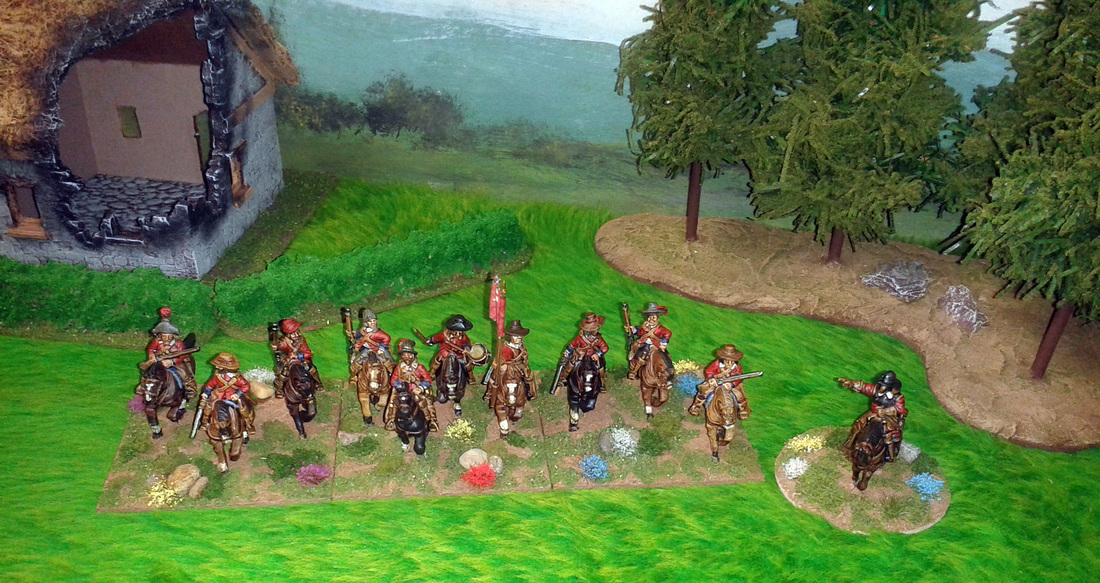
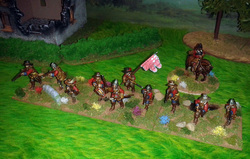
 RSS Feed
RSS Feed